Japanese Anemone Care: Tips For Growing A Japanese Anemone Plant
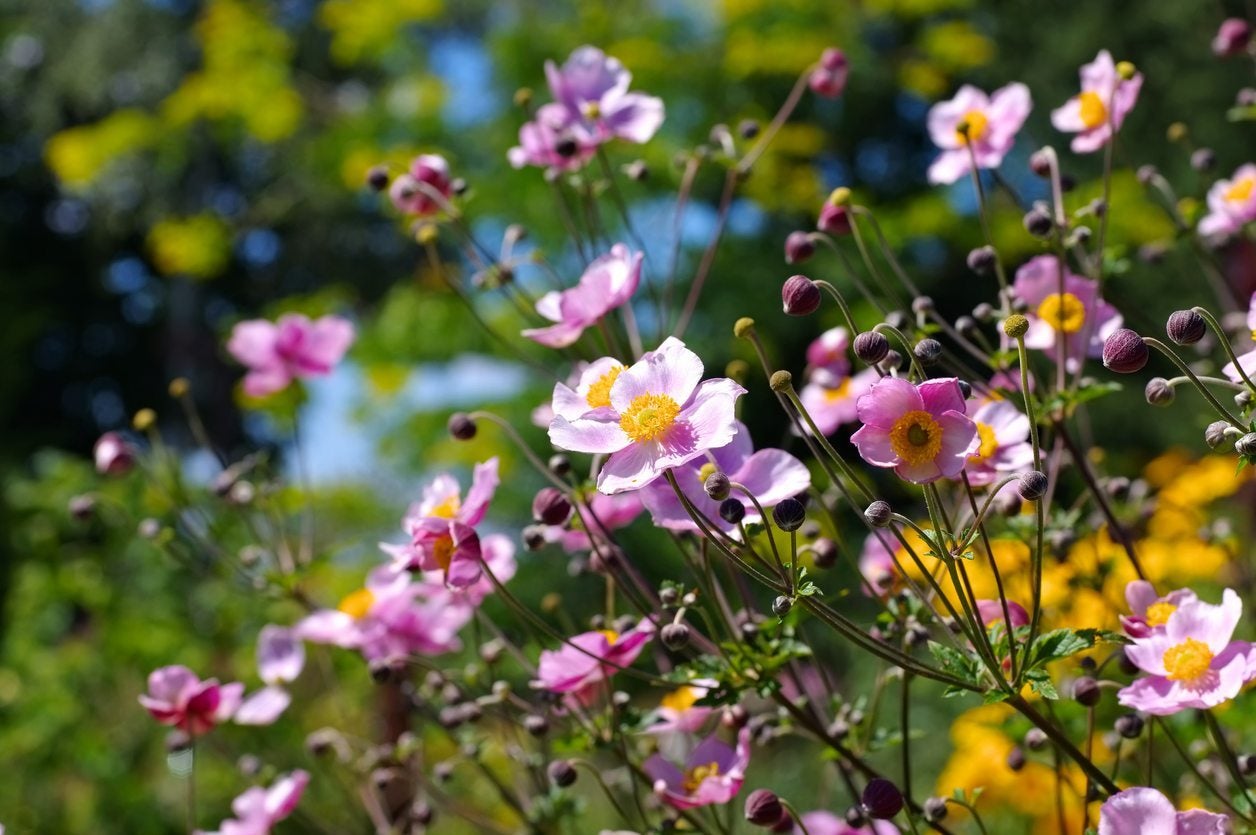

What is a Japanese anemone plant? Also known as Japanese thimbleweed, Japanese anemone (Anemone hupehensis) is a tall, stately perennial that produces glossy foliage and big, saucer-shaped flowers in shades ranging from pure white to creamy pink, each with a green button in the center. Look for blooms to appear throughout summer and fall, often until the first frost. Japanese anemone plants are a cinch to grow and adaptable to most growing conditions. Read on to learn more about growing a Japanese anemone (or several!) in your garden.
How to Grow Japanese Anemone Plants
Ready to start growing a Japanese anemone? This plant may be available at your local greenhouse or nursery. Otherwise, it’s easy to divide mature plants or take root cuttings in early spring. Although it’s possible to plant Japanese anemone seeds, germination is erratic and slow. Japanese anemone plants grow in nearly any well-drained soil, but they are happiest in rich, loose soil. Mix a little compost or rotted manure into the soil at planting time. Although Japanese anemone plants tolerate full sunlight, they appreciate a lightly shaded area where they are protected from intense afternoon heat and sunlight – especially in hot climates.
Japanese Anemone Care
Japanese anemone care is relatively uninvolved as long as you provide regular water to keep the soil consistently moist. Japanese anemone plants won’t tolerate dry soil for long periods of time. A layer of bark chips or other mulch keeps the roots cool and moist. Watch for slugs and other pests such as flea beetles, caterpillars, and weevils and treat accordingly. Also, tall plants may need staking to keep them upright. Note: Japanese anemone plants are rambunctious plants that spread by underground runners. Choose a location carefully, as they may become weedy in some areas. A place where the plant is free to spread is ideal.
Gardening tips, videos, info and more delivered right to your inbox!
Sign up for the Gardening Know How newsletter today and receive a free copy of our e-book "How to Grow Delicious Tomatoes".

A Credentialed Garden Writer, Mary H. Dyer was with Gardening Know How in the very beginning, publishing articles as early as 2007.
-
 Try The Trend – Turn Any Bed Into A Keyhole Garden With This Clever In-Ground Composter
Try The Trend – Turn Any Bed Into A Keyhole Garden With This Clever In-Ground ComposterKeyhole gardening is an efficient and sustainable practice that saves space. Get started on this DIY project quickly and easily with an in-ground composter.
By Bonnie L. Grant
-
 4 Superfast Composting Methods: Turn Waste Into Garden Gold In 30 Days Or Less
4 Superfast Composting Methods: Turn Waste Into Garden Gold In 30 Days Or LessTry the fastest composting methods to turbocharge your pile and transform kitchen scraps and garden waste into finished compost in just a few weeks.
By Mary Ellen Ellis
-
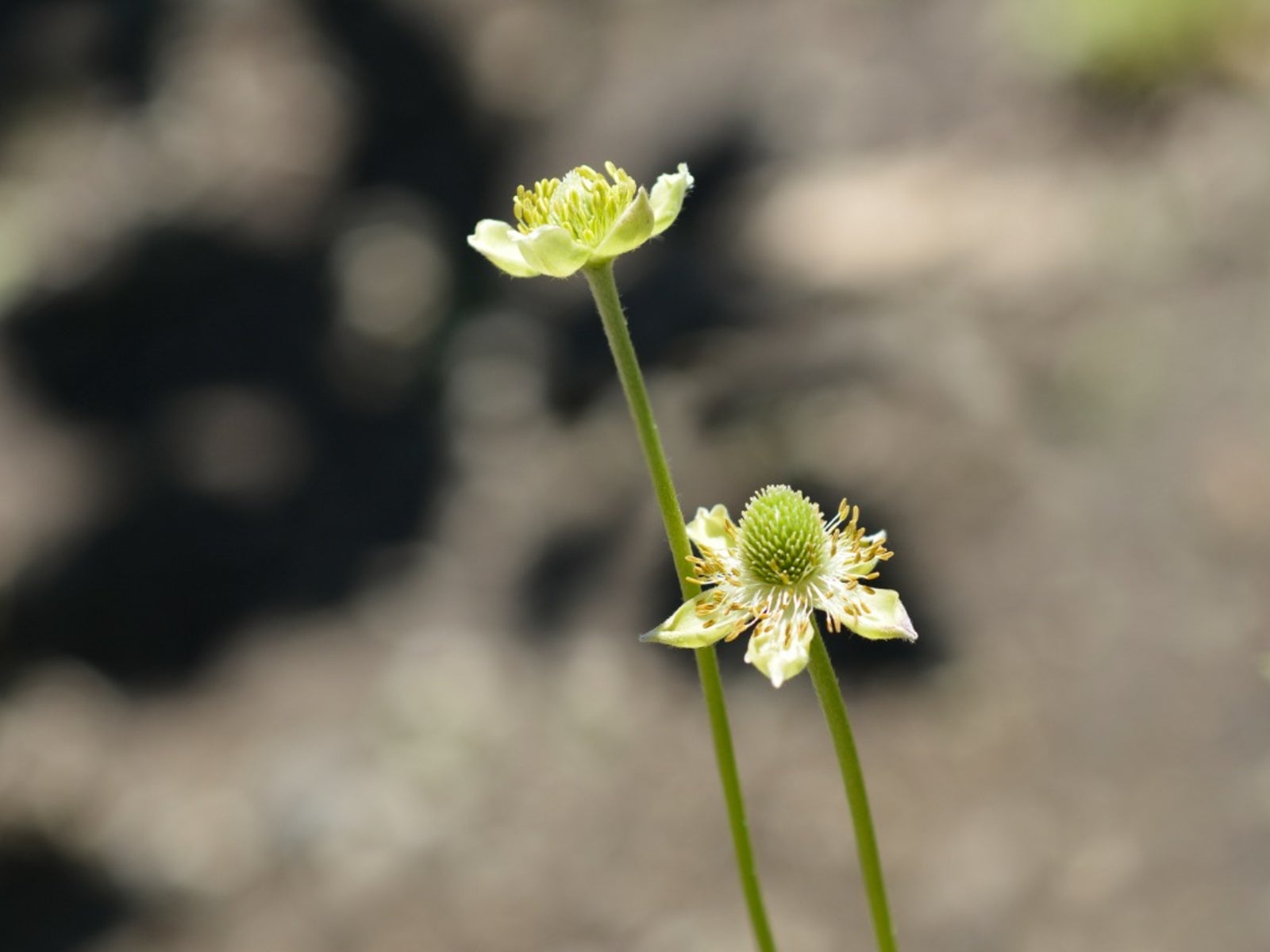 Thimbleweed Information: Growing Anemone Thimbleweed Plants
Thimbleweed Information: Growing Anemone Thimbleweed PlantsTall erect stems and deeply cut leaves topped with creamy white flowers describe tall thimbleweed. The fun thing about this plant is its long bloom season, from spring to early fall. Click here for some tips on how to grow thimbleweed and enjoy them in your garden.
By Bonnie L. Grant
-
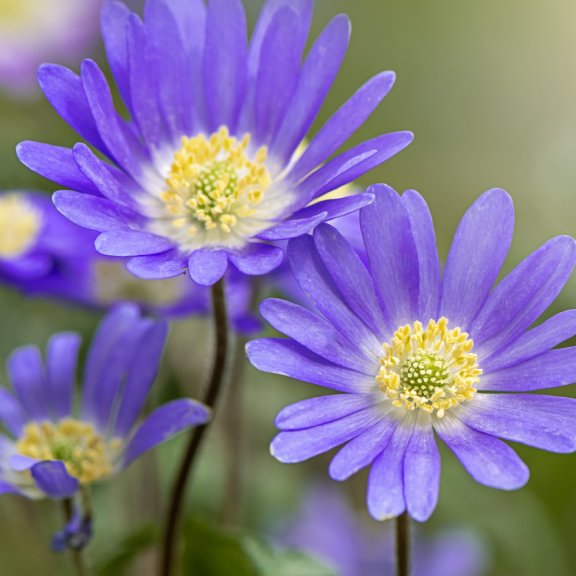 What Are Grecian Windflowers – How To Grow Anemone Windflowers
What Are Grecian Windflowers – How To Grow Anemone WindflowersBy growing Grecian windflowers, you can add a pretty new perennial to your garden. This spring bulb comes in range of colors, providing low clumps of blooms that easily fit into a variety of garden types and climates. Learn more in this article.
By Mary Ellen Ellis
-
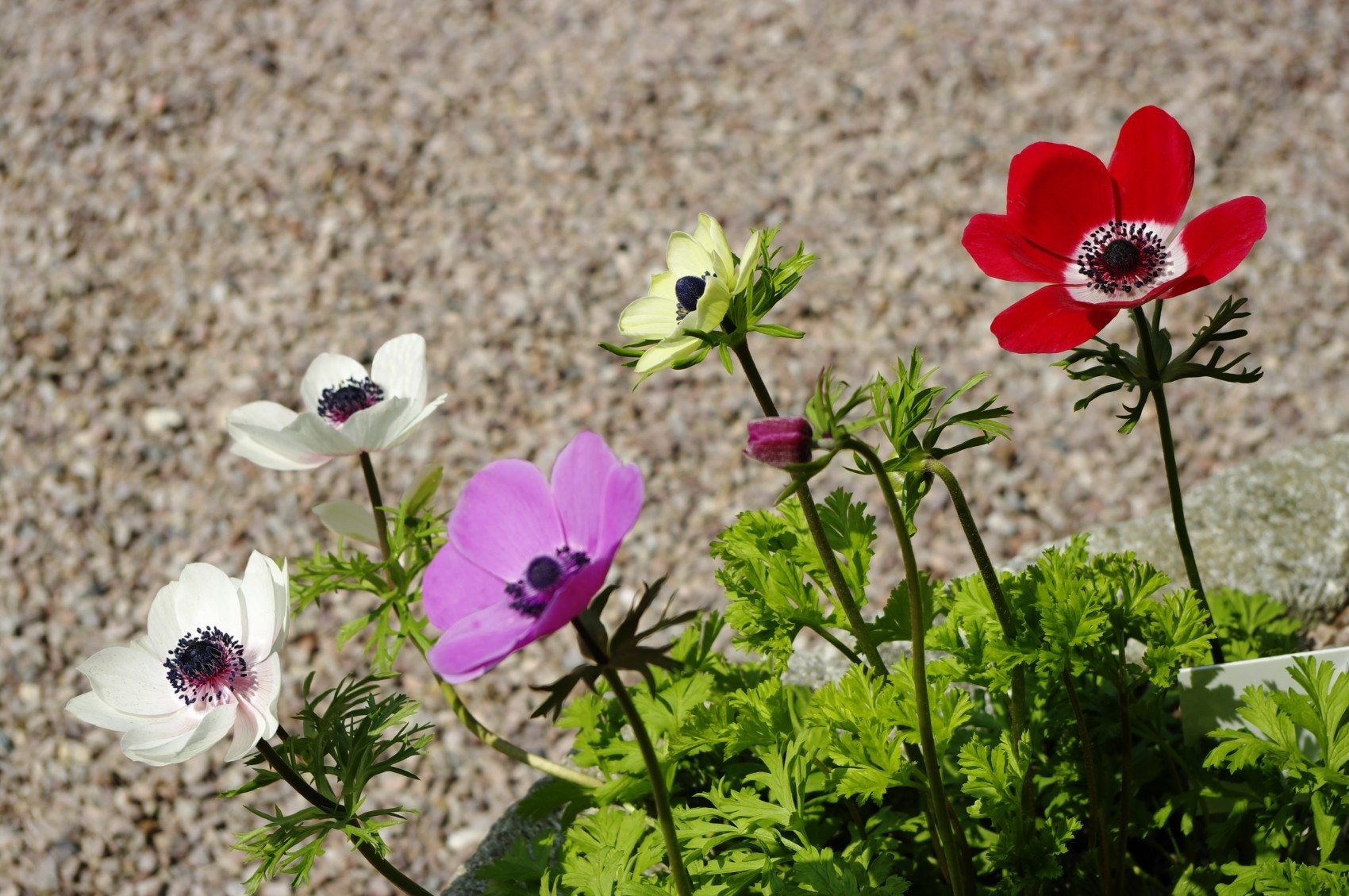 Anemone Varieties: Different Types Of Anemone Plants
Anemone Varieties: Different Types Of Anemone PlantsA member of the buttercup family, anemone, often known as windflower, is a diverse group of plants available in a range of sizes, forms, and colors. Click this article to learn more about tuberous and non-tuberous types of anemone plants.
By Mary H. Dyer
-
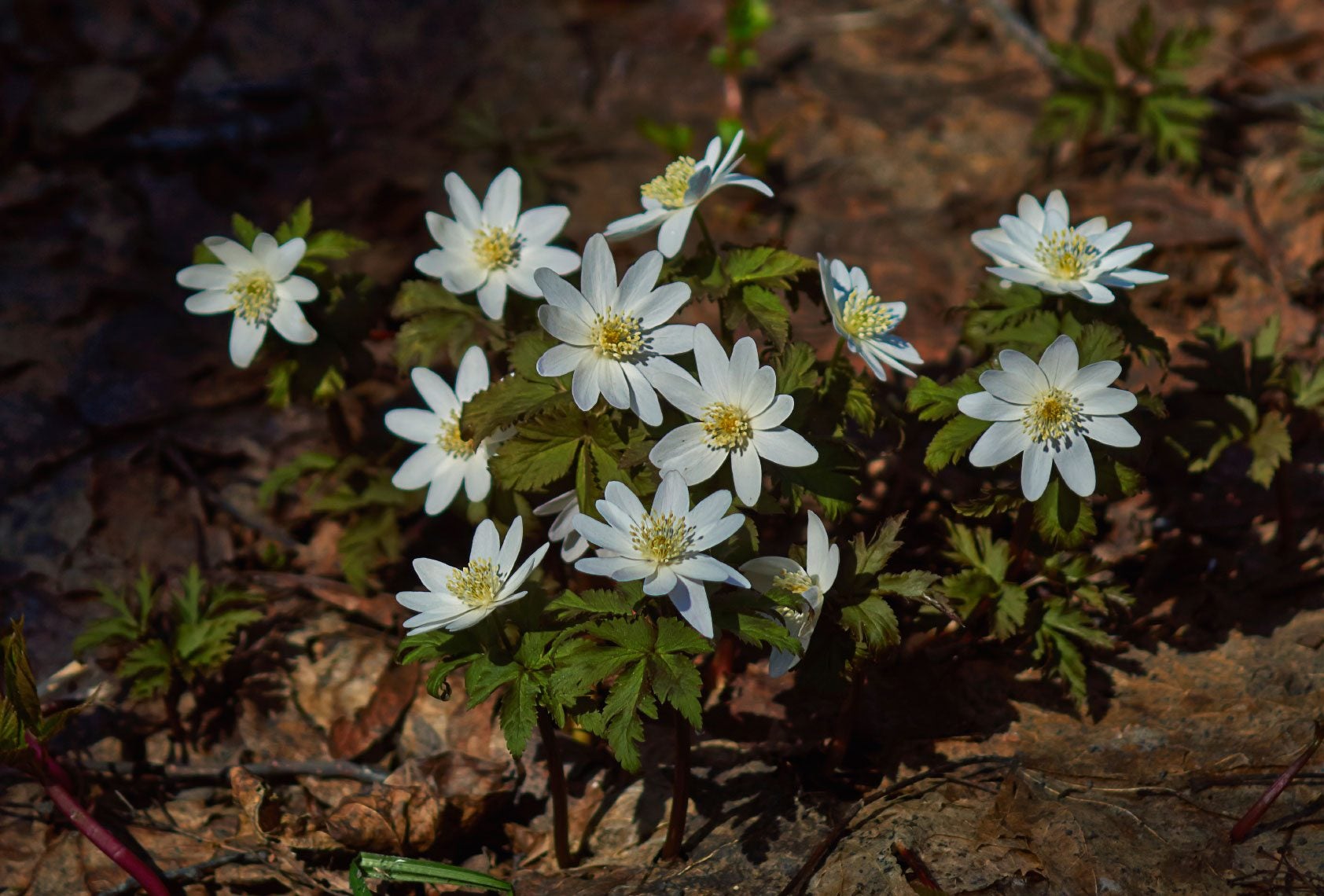 Growing Wood Anemone Plants: Wood Anemone Uses In The Garden
Growing Wood Anemone Plants: Wood Anemone Uses In The GardenAlso known as windflower, wood anemone plants are low-growing wildflowers that produce dainty, waxy blooms rising above attractive, bright green foliage in spring and summer. Find out how to grow wood anemone plants in this article.
By Mary H. Dyer
-
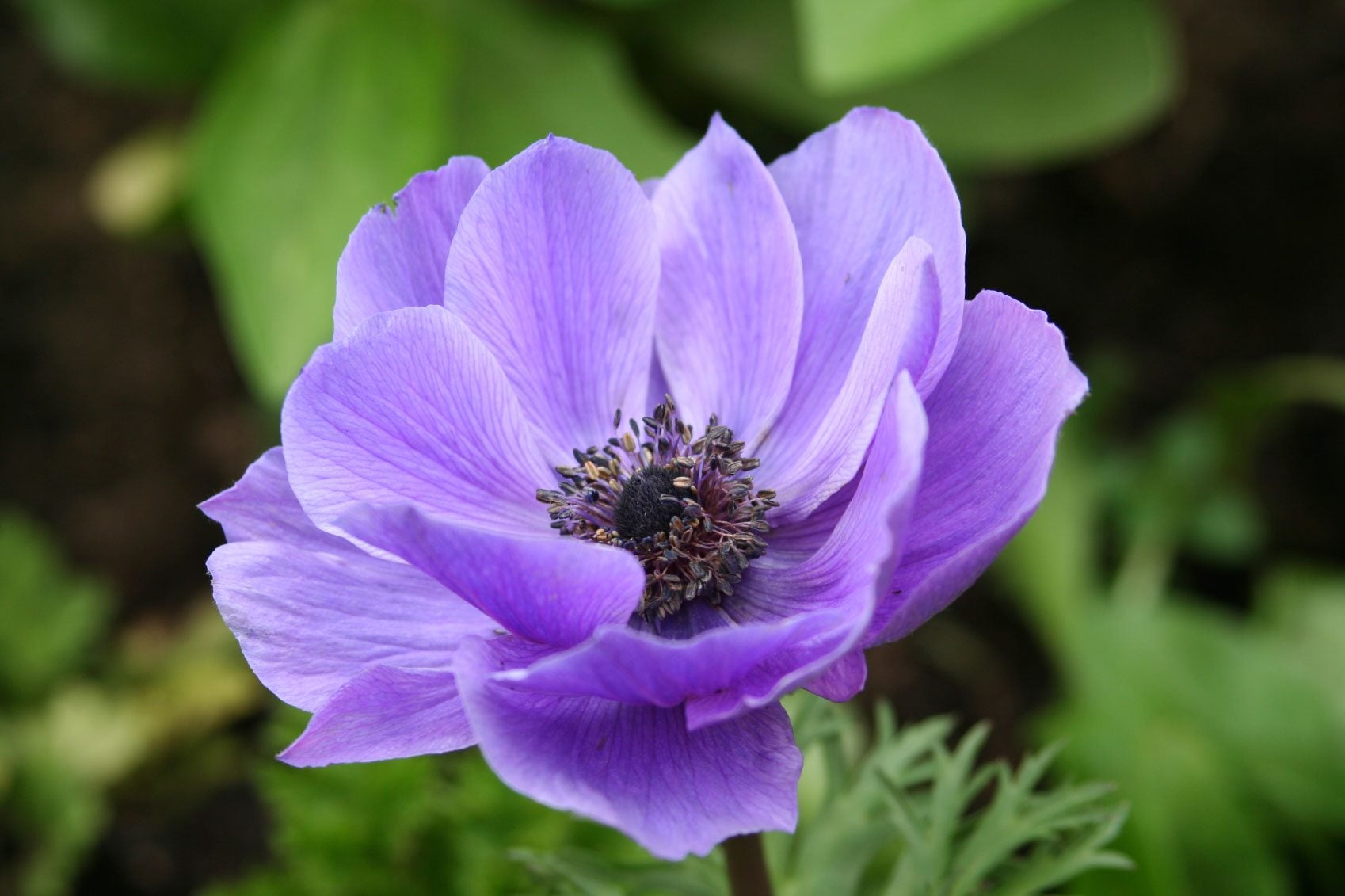 Information On Care Of Anemone Plants
Information On Care Of Anemone PlantsAnemone plants have low-clumping foliage and colorful blooms. Oftentimes referred to as windflowers, these carefree plants are commonly found dotting the landscapes of many home gardens. Click here for more.
By Nikki Tilley